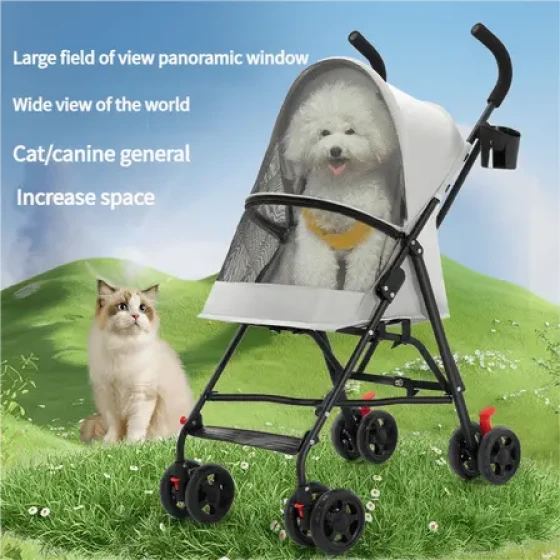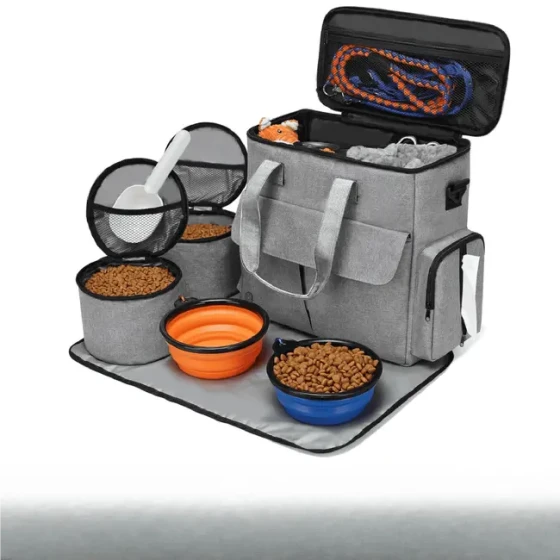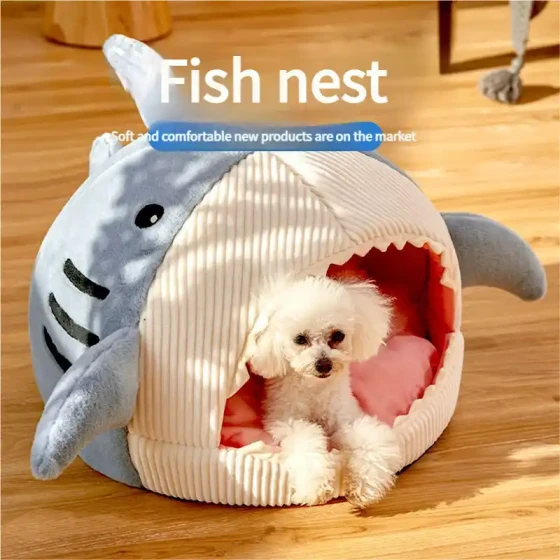Dog Summer Heatstroke Prevention Knowledge Early Understanding
Summer is coming soon, and heatstroke prevention measures for dogs are very important. Once a dog suffers from heatstroke, the consequences are generally serious, the condition develops rapidly, and death is easily caused. Therefore, pet owners must promptly prepare for summer heatstroke prevention for their dogs.
Summer weather is very hot and the air is relatively humid. Dogs rely only on panting with their tongues and paw pads to dissipate heat. Under these high temperature and humidity conditions, heat dissipation becomes even more difficult. If heat cannot be dissipated, heatstroke can easily occur. Therefore, we should not let dogs stay in places that are both hot and humid. Dogs should stay in well-ventilated and dry places, and avoid exercising or sun exposure under direct sunlight. Exercise time should be chosen in the early morning or late afternoon when the sun is about to set, as the weather is not as hot then. If any heatstroke symptoms are found in pets, such as lethargy or difficulty breathing, they should be moved to a cool and ventilated place immediately and sent to a veterinary hospital for treatment. Car owners must be especially careful never to leave dogs locked inside cars without air conditioning, because car interiors get very hot with poor air circulation, making it impossible for dogs to dissipate heat, which can cause heatstroke and suffocation death.
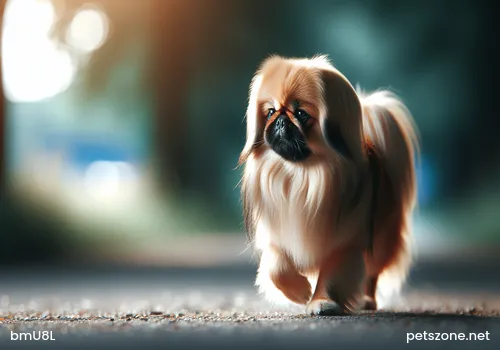
Samoyed Prone to Heatstroke Symptoms
In hot weather, many people like to use air conditioning to keep cool. If dogs stay in air-conditioned rooms for a long time, they can also catch air conditioning sickness just like humans. The main symptoms of air conditioning sickness in dogs include sneezing, lethargy, runny nose, loss of appetite, which are similar to common cold symptoms, but this air conditioning sickness is more serious than a normal cold and can cause elevated body temperature, rapid breathing, and increased heart rate. Therefore, pet owners should never let their dogs stay in air-conditioned rooms for a long time in summer and should avoid air conditioning right after bathing their dogs to prevent catching a cold.
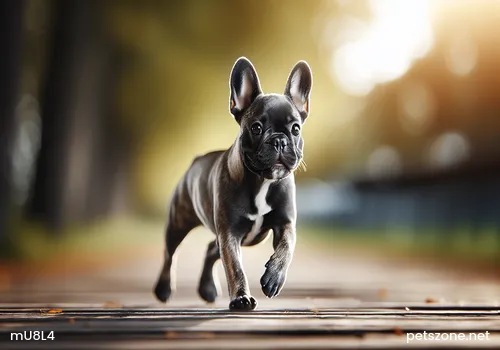
Schnauzer
In hot summer, animals lose many components, especially salts easily lost. The composition of food fed in summer is somewhat different from other seasons. It is important to timely supplement some nutrients and minerals for dogs and always provide plenty of water. High temperature and humidity in summer makes dog bowls very easy to breed bacteria. Food uneaten in one meal should not be saved for the next; it should be discarded and the bowl cleaned promptly. Dog food is also prone to mildew in summer and should be checked regularly and replaced promptly if moldy. The storage quantity of dog food in summer can be relatively reduced to prevent bacterial growth. Rest should be paid attention to, avoiding outdoor exercise at noon or when the sun is high in the afternoon.
Summer is also a high season for parasites, and deworming preparations must be made. Parasites reproduce and grow in the pet’s skin follicles, causing hair loss, itching, and in severe cases red spots and pustules on the skin. Special attention should be paid to the secretion of the dog’s anal glands. During bathing, the secretion should be squeezed out to prevent the anus from rubbing against the ground causing anal sac inflammation or perianal inflammation. Also, give dogs regular baths, nail trimming, and ear cleaning to keep them clean. Because metabolism is more vigorous in hot weather, secretions are more abundant and should be rinsed with clean water. Use special bathing liquid to remove odors and protect fur quality, preventing parasite growth and reproduction in the fur.

